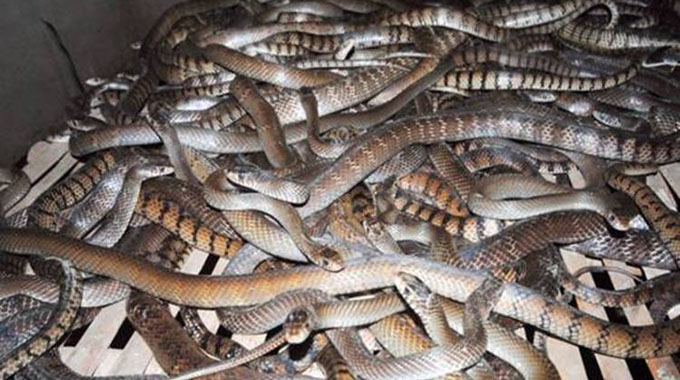
Snake bites are common, particularly in the rainy season.
Below are tips on how to tell if it is a snake bite and what to do as you proceed to the hospital for professional care.
When you are first struck, you may notice two puncture wounds and experience quite shocking pain. Some describe the pain as being stung by a thousand bees, all in the same spot.
Swelling and redness appear quite quickly with the most bites; however, when bitten by a coral snake, symptoms, including pain, may not appear for 12 to 18 hours.
If a venomous snake bites you, the bite will likely introduce venom into your system. This is called “envenomation.” Remaining calm, and being as still as possible is vital; the more active the victim of a bite is, the faster that the venom can spread throughout the body. If possible, carry the victim, even if the wound is not on the leg or foot.
Best practices
- What to do and not do if a snake bites you:
- Do get to an emergency room as soon as possible. Even if the bite isn’t poisonous, you’re at risk of tetanus, a serious bacterial infection, if your shot isn’t up to date.
- Do move the limb where the bite happened as little as possible. This will help slow the spread of the venom.
- Do take note of the snake’s appearance. Your description will help the doctor identify what bit you. (Your location will also be a clue.)
- Do note the time the bite happened so the doctor knows how much time has passed.
- Do remove any jewellery around the area of the bite before swelling begins.
- Do keep contact information for poison control nearby.
- Do not try to capture or kill the snake. You risk a second bite.
- Do not try to suck out the venom. It doesn’t work and it puts you at risk of getting poison in your mouth.
- Do not use aspirin, ibuprofen, or other painkillers that thin your blood.
- Do not apply a tourniquet. Cutting off blood flow to the area of the bite may cause more tissue damage.
Prevention
- Pay attention to where you walk. A snake likely won’t bite unless you step on it.
- Avoid alcohol in order to remain alert.
- Carry a walking stick to tap the ground in front of you. If a snake feels threatened, it will be more likely to attack the stick.
- Wear boots and long pants to protect your ankles.
- Wear a headlamp or carry a flashlight at night so you can see snakes before you have a surprise encounter. — webmd.com
